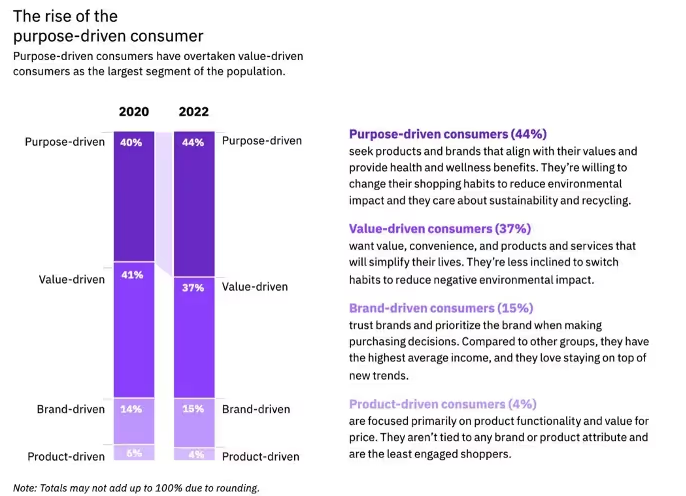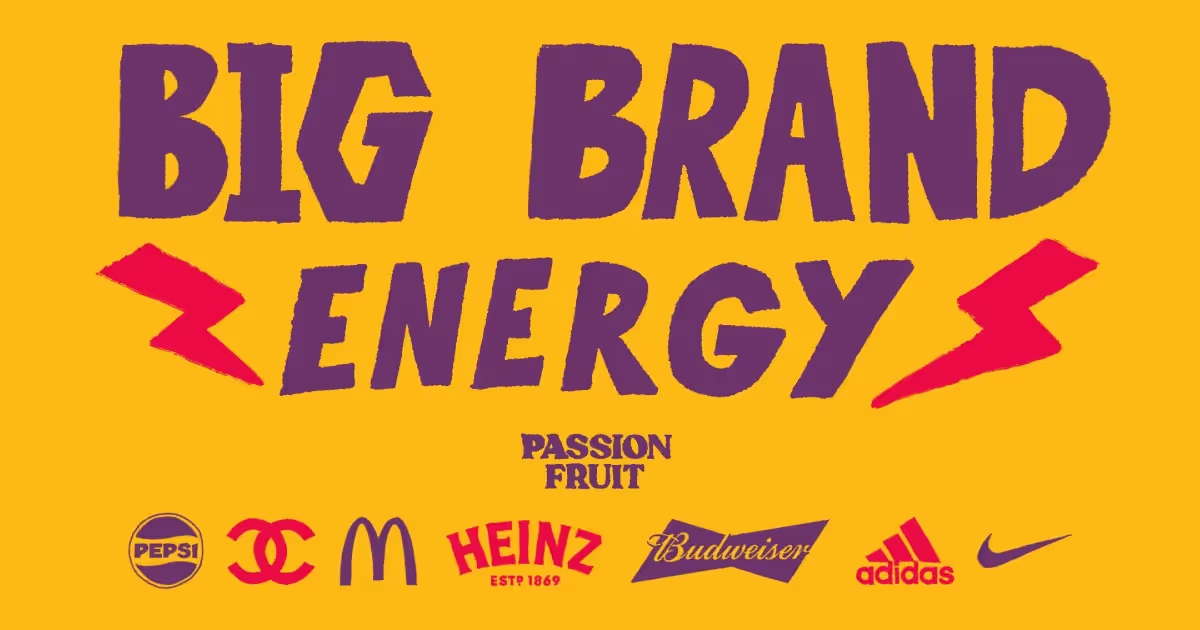The best founders and startup marketers already know that in order to build successful companies, they need to build a great product – but how do you go beyond building a great company to building a great brand that is recession-proof?
Most founders begin companies from a deep-rooted passion to build something of value. While passion for your product is a great company motivator, passion just for your product doesn't always translate into long-term market resiliency. Too often we see well-crafted mission statements posted by business leaders when it’s obvious that their actions are extremely disconnected from their mission. This weakens their brand and their overall public perception, sometimes damaging the relationship with their customers beyond repair.
But even more importantly, without a strong brand, companies aim to attract customers based on surface-level attributes like price and product features—two factors that any of their competitors can quickly overtake. So how can you maintain an unbreakable brand and maintain customer loyalty, even during a recession?

If you’re unfamiliar with the phrase “Start with Why”, it’s a concept created by Simon Sinek, founder of The Optimism Company, where you identify the single most impactful reason that you do the things you do (your Why). This concept has a huge impact at the earliest stages of building a new venture. Yet, more often than not, early-stage ventures need to spend their time building out features for their MVP, researching their target audience, hitting their product-market fit, and finding a scalable engine of growth. You can see how their Why might take a back seat in the face of other urgent and conflicting priorities. They might start with why, but they end with their bottom line.
For a brand to endure and succeed, it's essential to not only identify your deepest motivations but to also continuously act from them on a daily basis. This alone might be one of the most underrated strategies your venture (and specifically your marketing department) can adopt.
Sticking with “Why”

Let's explore this with an example of a pretty well-known brand: Google.
Google’s mission is to “organize the world's information and make it universally accessible and useful.” This statement can certainly guide their product decisions, but the company's overall actions (like putting premium price points on their devices) don't often tie back to making information universally accessible. Additionally, their search engine results often prioritize companies with the biggest ad spend, which can outright negate their mission of making information useful in favor of profits. What happened to their “Why”?
It is undoubtedly a strategy that works in order to gain and, at least during times of economic prosperity, maintain market leadership. But in a day and age where what you actually do behind closed doors is just as important (and just as visible) as what you say in public, it's clear that their competitor, Microsoft, has slowly and steadily held an advantage.
But how did Microsoft maintain relevance while Google moved ahead in innovation and prominence?
Let’s look at customer behavior. Research shows that more people make product decisions not only based on price structure and functionality but also based on the action companies are taking when it comes to creating positive impact, e.g. eliminating their carbon emissions or supporting humanitarian initiatives.

Source: IBM Institute for Business Value
Building the best products is one of the key factors for long-term success, but it doesn't make or break your bottom line anymore. While Google’s suite of products has more widespread usage in our everyday lives both personally and professionally, Microsoft has still persisted as a household brand name.
If we take a closer look at Microsoft's mission “empowering every person and every organization on the planet to achieve more”, we see two key differences from Google’s mission statement. One: it includes humans and the planet directly. Two: The execution of the mission statement aims to positively affect both at scale.
Most of the world recognizes the name Bill Gates. And not just because of computers. Bill is world-famous for using his resources to innovate around some of the world’s leading issues, and the Bill and Melinda Gates foundation donates millions toward humanitarian initiatives. Their “Why” is present in everything they do, and their relationship with other people and their environment has a positively resounding effect on their brand.
Imagine if Google would add “innovating the world with cleaner technology” to its mission and start becoming known for its environmental and social initiatives along with its already winning product strategy and development excellence.
But it’s not just globally established companies that have the power to build an extremely effective brand. Startups all over the world are paving the way toward doing business differently by starting and sticking to their why.

Take Nearside as an example. Their mission is to help small businesses start and grow. Instead of solely building great financial products, Nearside aims to empower their customers by making their customers’ success both the priority for the brand as well as the key growth driver for their business—and it pays off.
Another great example of an effective startup brand comes from Loop, a venture-funded insuretech startup and Public-Benefit Corporation with a mission to use technology to not only build amazing insurance products but to create equitable and more fairly priced insurance products for all. In an industry notorious for taking advantage of customers, they're not just trying to create a good product—they're aiming to break the vicious cycle.
The Food and Beverage industry is also seeing a rise in startups like Bevi, which aim to disrupt the beverage supply chain and replace single-use water bottles with smart water machines, and Imperfect Foods, a startup that uses their grocery delivery service to help fight food waste. New ventures like these are increasingly gaining support and momentum from both investors and a new generation of customers.
If by this point you're realizing you haven't stuck with your Why, I have good news for you: It's never too late. You don't have to change the core of your product or service or worry about re-inventing your company as a whole.

You can start simple: Allocate a small amount of budget for meaningful strategic work around your company purpose and start thinking about how your current products could be leveraged in a more meaningful way to connect with your customers and their deeper values.
Be aware that while it can seem tempting to put this off in favor of more tangible growth tactics, the longer you wait to get started, the more costly it will become for you later.
Remember: don’t just stop at building great products. By creating deep and lasting value for your customers, you can build a strong and resilient brand.







